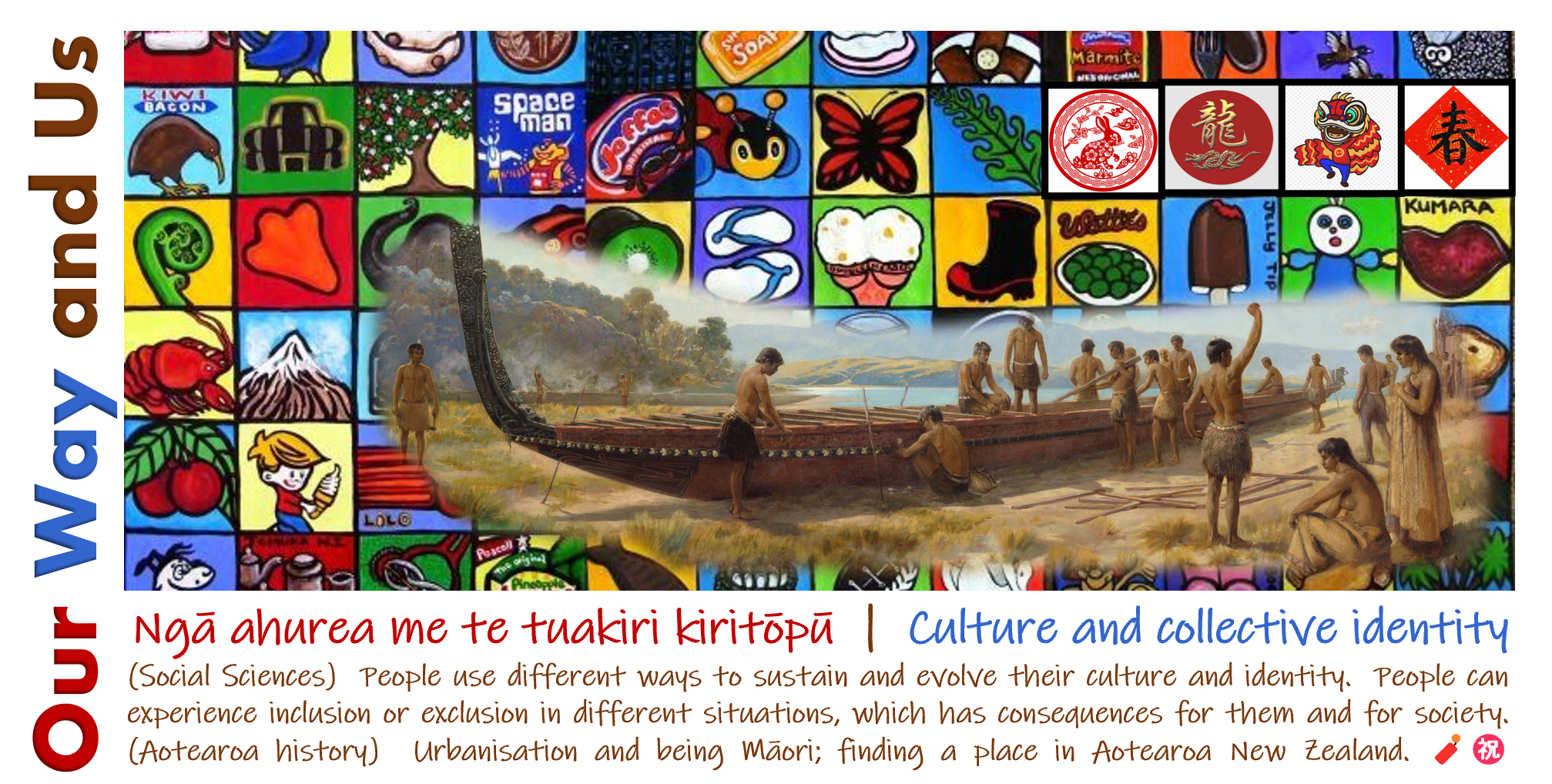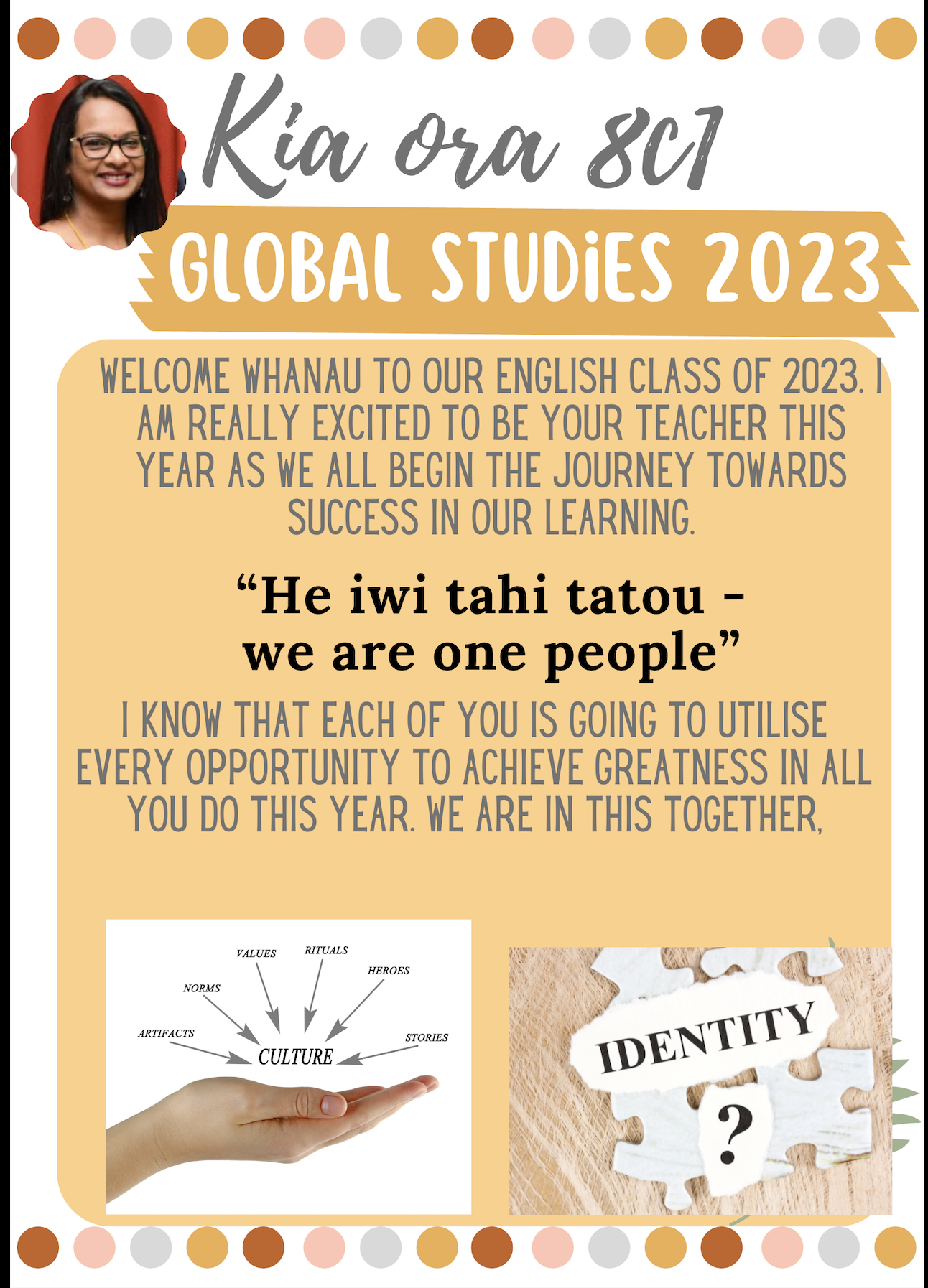8C1 Global Studies
Section outline
-
Welcome | Nau mai, haere mai
Tiro atu ki te pae, mauria atu tō korowai
Look forward into the horizon and prepare.It is the start if a new term and I am looking to the start of Term 4 with you.
This week we will be working on writing a policy based on Inclusion in Sports.
Research and Write an Inclusion in Sport Policy for Your Political Party
Learning Intention:
Students will be able to research and write an inclusion in sport policy for their political party.
Success Criteria:
- Students can identify the different types of inclusion in sport.
- Students can identify the barriers to inclusion in sport for different groups of people.
- Students can research and write a policy that addresses the barriers to inclusion in sport.
- Students can present their policy to the class in a clear and concise manner.
Learning activities:
Research
What are the different types of inclusion in sport?
What are the barriers to inclusion in sport for different groups of people? (e.g., people with disabilities, women, LGBTQ+ people, people from low-income backgrounds, etc.)
What are the benefits of inclusion in sport for individuals and society as a whole?
What are some examples of successful inclusion in sport initiatives from around the world?
Writing
Introduce your policy by stating the problem that you are trying to address and the goals that you hope to achieve.
Outline the specific measures that you propose to take to promote inclusion in sport.
Explain how your policy will be implemented and how it will be funded.
Discuss the potential benefits and challenges of your policy.
Conclude by summarising your main points and reiterating your commitment to inclusion in sport.
Additional Tips
Be specific and provide examples to support your points.
Be objective and avoid making generalisations.
Be clear and concise in your writing.
Proofread your policy carefully before submitting it.
Here are some specific questions that you can consider when researching and writing their policy:
Should athletes be given equal pay for participation, regardless of gender?
How can we make sport more accessible to people with disabilities?
How can we encourage more women and girls to participate in sport?
How can we create a more inclusive and welcoming environment for LGBTQ+ athletes?
How can we make sport more affordable for people from low-income backgrounds?
You can also consider the following when writing your policy:
What role should the government play in promoting inclusion in sport?
What role should sport organisations play in promoting inclusion in sport?
What role can individuals play in promoting inclusion in sport?
-
PLAN & DO / WHAKAMAHI learning intentions:
- We are PLANNING a policy so that we can present this issue in an election campaign.
I am a learner with innovation skills that will enable me to navigate the 21st century:
- Emerging:
- I think creativity to solve challenges
- I demonstrate the skills to work collaboratively with others
- I have oral, written and non-verbal communication skills
- Growing:
- I work creativity with others to solve challenges
- When working collaboratively, I exercise flexibility and willingness to compromise to achieve a common goal
- I am a clear communicator; oral, written and nonverbal
.
This week we will continue our work on writing a policy based on Inclusion in Sports.
Research and Write an Inclusion in Sport Policy for Your Political Party
Learning Intention:
Students will be able to research and write an inclusion in sport policy for their political party.
Success Criteria:
- Students can identify the different types of inclusion in sport.
- Students can identify the barriers to inclusion in sport for different groups of people.
- Students can research and write a policy that addresses the barriers to inclusion in sport.
- Students can present their policy to the class in a clear and concise manner.
Learning activities:
Research
-
What are the different types of inclusion in sport?
-
What are the barriers to inclusion in sport for different groups of people? (e.g., people with disabilities, women, LGBTQ+ people, people from low-income backgrounds, etc.)
-
What are the benefits of inclusion in sport for individuals and society as a whole?
-
What are some examples of successful inclusion in sport initiatives from around the world?
Writing
-
Introduce your policy by stating the problem that you are trying to address and the goals that you hope to achieve.
-
Outline the specific measures that you propose to take to promote inclusion in sport.
-
Explain how your policy will be implemented and how it will be funded.
-
Discuss the potential benefits and challenges of your policy.
-
Conclude by summarising your main points and reiterating your commitment to inclusion in sport.
Additional Tips
-
Be specific and provide examples to support your points.
-
Be objective and avoid making generalisations.
-
Be clear and concise in your writing.
-
Proofread your policy carefully before submitting it.
Here are some specific questions that you can consider when researching and writing their policy:
-
Should athletes be given equal pay for participation, regardless of gender?
-
How can we make sport more accessible to people with disabilities?
-
How can we encourage more women and girls to participate in sport?
-
How can we create a more inclusive and welcoming environment for LGBTQ+ athletes?
-
How can we make sport more affordable for people from low-income backgrounds?
You can also consider the following when writing your policy:
-
What role should the government play in promoting inclusion in sport?
-
What role should sport organisations play in promoting inclusion in sport?
-
What role can individuals play in promoting inclusion in sport?
Here is an example of a completed policy: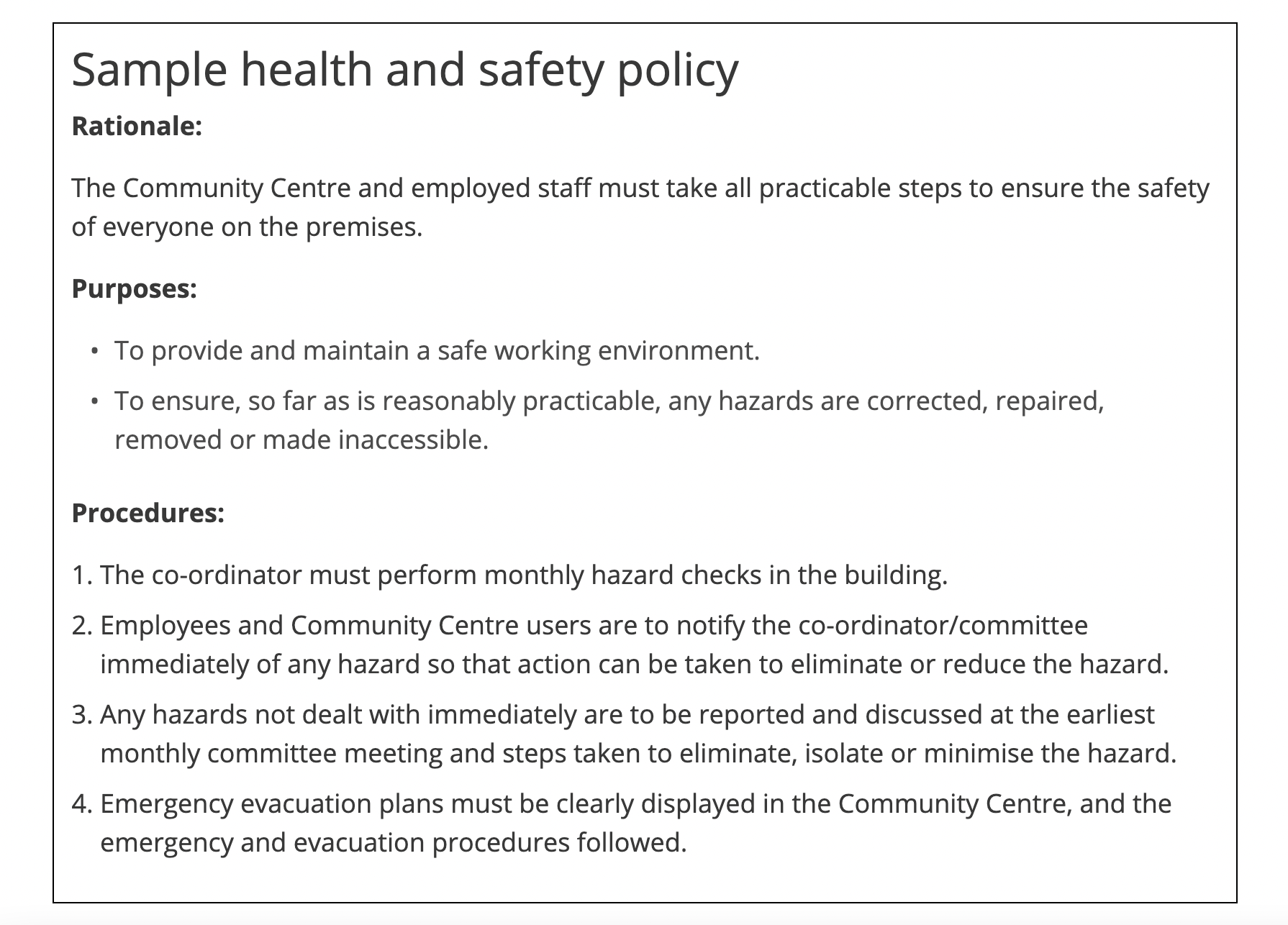
-
EXPLORE / TŪHURA learning intentions:
- We are EXPLORING the different ways in which Māori changed the landscape.
- We are EXPLORING the reasons for these changes in landscape- pre-colonisation and post- colonisation.
I am an active learner as I know what I need to learn, where I am with that learning and what my next learning steps are:
- Emerging:
- I know what I am learning and why
- I can use evidence to identify where I am with my learning
- I can use evidence to identify my next learning steps
- Growing:
- I can describe what I am learning and why, using our shared language for learning; GREAT Ako
- I can use evidence to describe where I am with my learning
- I can use evidence to plan and take my next learning steps
Learning Intentions:
- Students will be able to identify the different ways in which Māori changed the landscape, such as through clearing forests, building terraces, and draining swamps.
- Students will be able to explain the reasons for these changes.
- Students will be able to evaluate the impact of these changes on the environment.
Success Criteria:
- Students can identify at least three different ways in which Māori changed the landscape.
- Students can explain the reasons for at least two of the changes they have identified.
- Students can evaluate the impact of at least one of the changes they have identified on the environment.
Learning activities:
Mini-research templates will be shared on the GC.
We will be using this to develop our understanding of the changes in time due to human impact on Aotearoa. -
PLAN & DO / WHAKAMAHI learning intentions:
- We are PLANNING our presentation and poster so that we can present our learnings for our assessment.
I am a learner with innovation skills that will enable me to navigate the 21st century:
- Emerging:
- I think creativity to solve challenges
- I demonstrate the skills to work collaboratively with others
- I have oral, written and non-verbal communication skills
- Growing:
- I work creativity with others to solve challenges
- When working collaboratively, I exercise flexibility and willingness to compromise to achieve a common goal
- I am a clear communicator; oral, written and nonverbal
This week we will be working on gathering our research and information to present our assessment.
-
EXPLORE / TŪHURA learning intentions:
- We are Interpreting maps.
- We are classifying terms that relate to mapping skills
I am an active learner as I know what I need to learn, where I am with that learning and what my next learning steps are:
- Emerging:
- I know what I am learning and why
- I can use evidence to identify where I am with my learning
- I can use evidence to identify my next learning steps
- Growing:
- I can describe what I am learning and why, using our shared language for learning; GREAT Ako
- I can use evidence to describe where I am with my learning
- I can use evidence to plan and take my next learning steps
Learning Intentions:
- Students will be able to define key mapping terms.
- Students will be able to use an atlas to find and interpret maps.
- Students will be able to use mapping skills to answer questions and solve problems.
Success Criteria:
- Students will be able to define at least five key mapping terms.
- Students will be able to use an atlas to find and interpret maps of at least three different types.
- Students will be able to use mapping skills to answer at least three questions about a given map.
Learning Activities:
Key Mapping Terms:Introduce students to some key mapping terms, such as:
- Legend
- Scale
- Latitude
- Longitude
- Cardinal directions
- Intermediate directions
- Using an Atlas:
- Show students how to use an atlas to find and interpret maps.
- Explain the different symbols and colours that are used on different types of maps.
- Practice using the atlas by finding and interpreting specific maps, such as a map of the world, a map of New Zealand, and a map of their local area.
- Compass directional skills on the GC.
- Atlas scavenger hunt.
-
EXPLORE / TŪHURA learning intentions:
- We are Interpreting maps.
- We are classifying terms that relate to mapping skills
I am an active learner as I know what I need to learn, where I am with that learning and what my next learning steps are:
- Emerging:
- I know what I am learning and why
- I can use evidence to identify where I am with my learning
- I can use evidence to identify my next learning steps
- Growing:
- I can describe what I am learning and why, using our shared language for learning; GREAT Ako
- I can use evidence to describe where I am with my learning
- I can use evidence to plan and take my next learning steps
Learning Intentions:
- Students will be able to define key mapping terms.
- Students will be able to use an atlas to find and interpret maps.
- Students will be able to use mapping skills to answer questions and solve problems.
Success Criteria:
- Students will be able to define at least five key mapping terms.
- Students will be able to use an atlas to find and interpret maps of at least three different types.
- Students will be able to use mapping skills to answer at least three questions about a given map.
Learning Activities:
Key Mapping Terms:
-
Introduce students to some key mapping terms, such as:
- Legend
- Scale
- Latitude
- Longitude
- Cardinal directions
- Intermediate directions
- Using an Atlas:
- Show students how to use an atlas to find and interpret maps.
- Explain the different symbols and colours that are used on different types of maps.
- Practice using the atlas by finding and interpreting specific maps, such as a map of the world, a map of New Zealand, and a map of their local area.
- Compass directional skills on the GC.
- Atlas scavenger hunt.
-
This week we will be developing our mapping abilities.
Learning Intentions:
- To develop an understanding of maps and their components, including keys, legends, scales, and compass roses.
- To apply spatial reasoning skills to create a clear and accurate map of Mission Heights Junior College.
- To enhance communication skills by using symbols and notations to represent different features on the map.
- To foster creativity and imagination in portraying the layout and features of Mission Heights Junior College.
Success Criteria
- The map includes a key or legend that clearly identifies the symbols used to represent different features on the map.
- The map accurately represents the layout of Mission Heights Junior College, including buildings, pathways, and significant landmarks.
- The map includes a compass rose to indicate the cardinal directions (north, south, east, and west).
- The map includes a scale that accurately represents the distance between locations on the map.
- The map is visually appealing, well-organized, and easy to read.
Guidelines
- Gather information about Mission Heights Junior College, such as a map or aerial image, to guide your drawing.
- Sketch the outline of the college grounds, including the boundaries and major landmarks.
- Use symbols to represent different features on the map, such as buildings, pathways, trees, and water bodies.
- Create a key or legend to explain the symbols used on the map.
- Determine the appropriate scale for your map, considering the size of the college grounds and the desired level of detail.
- Draw a compass rose to indicate the cardinal directions (north, south, east, and west).
- Review your map to ensure accuracy, neatness, and clarity.
- Add finishing touches, such as borders, labels, and title.
Tips for Success
- Use a ruler to draw straight lines and ensure consistent spacing between features.
- Use different colors or shading to distinguish between different types of features.
- Add labels to major buildings and landmarks for easy identification.
- Keep the map at a manageable size while ensuring sufficient detail.
- Proofread your map carefully to check for any errors or inconsistencies.
- To develop an understanding of maps and their components, including keys, legends, scales, and compass roses.
-
Kia ora Year 8's
This week we will be diving into Kōwhiringa ohaoha me te whai oranga | Economic Activity.
Learning intentions:
- Identify the new trade networks presented by Pākehā arrival.
- Describe how Māori took advantage of access to the international economy.
- Analyse how independent trading helped Māori achieve success.
Success criteria: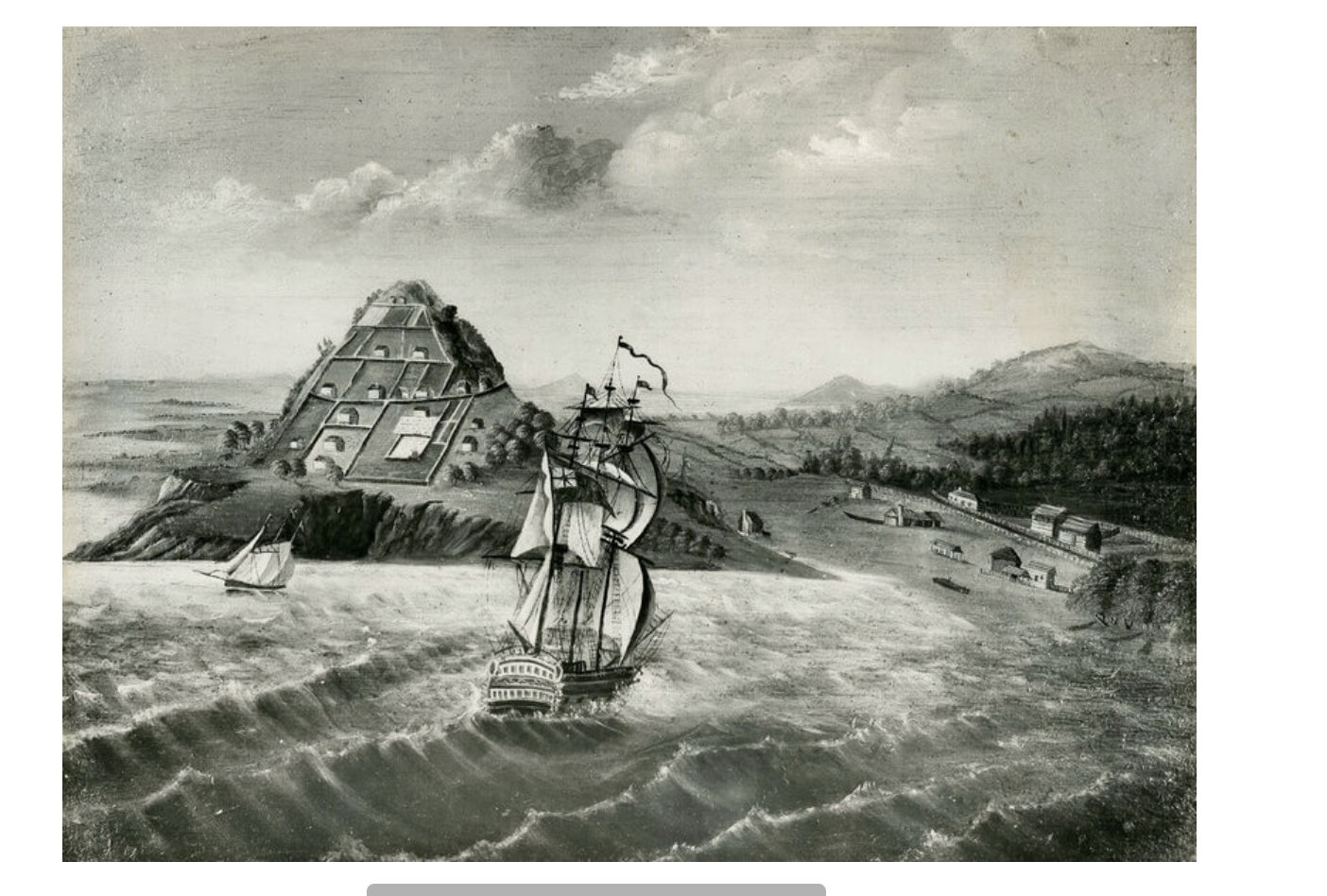
- I can identify the new trade networks presented by Pākehā arrival.
- I can describe how Māori took advantage of access to the international economy.
- I can analyse how independent trading helped Māori achieve success.
-
Kia ora Year 8's
This week we will be diving into:
- what were the factors that damaged Māori economic activities;
- how these factors came to damage these activities;
- what the impact of these factors looked like, both short and long term.
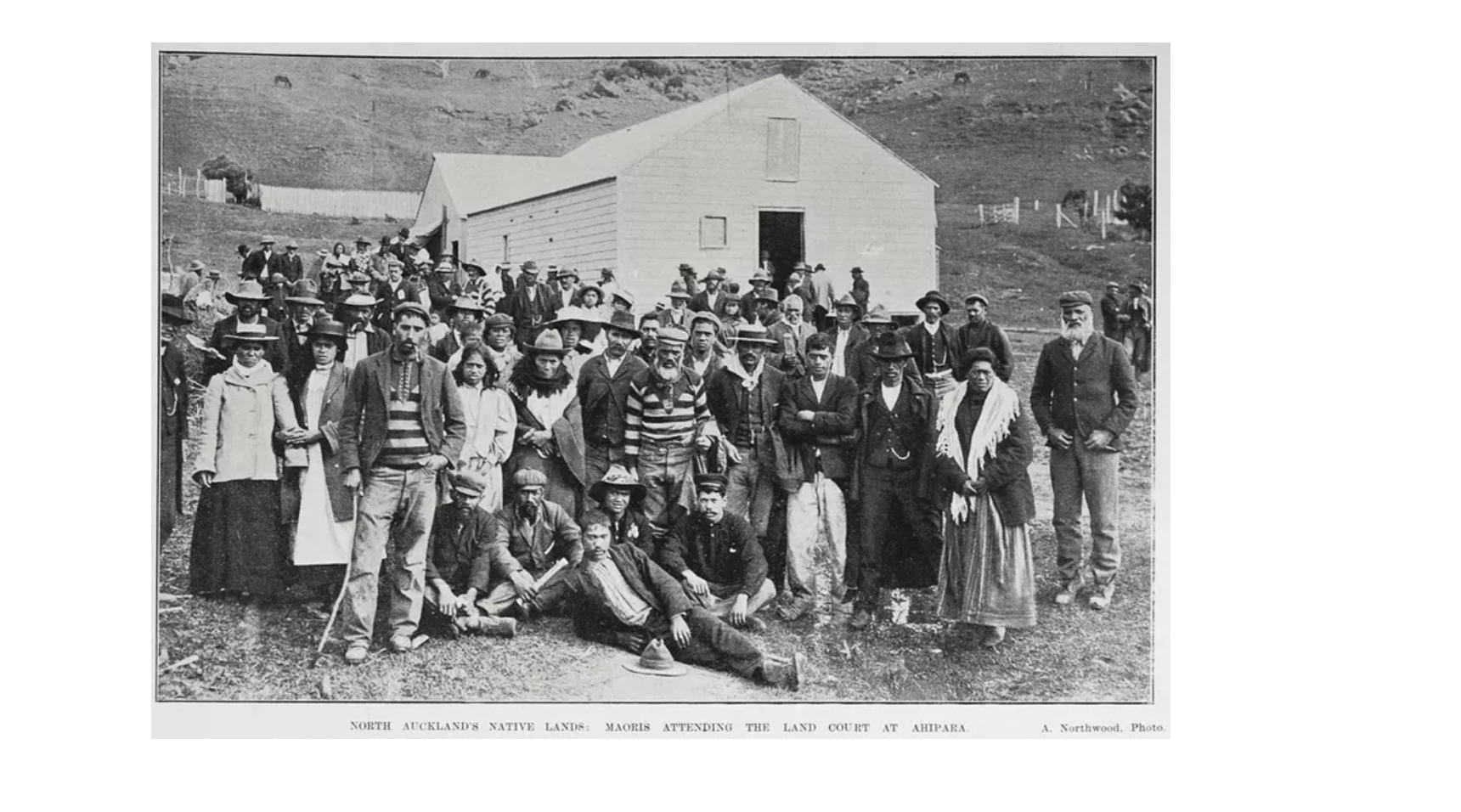
- Identify factors that damaged Māori economic activity.
- Discuss how these factors damaged Māori economic activity.
- Compare and contrast the short and long-term impacts of this damage.
- Identify where gold was found in Aotearoa
- Describe the gold rushes of Aotearoa.
- Analyse the influence gold has had in Aotearoa's history.

- I can identify factors that damaged Māori economic activity.
- I can discuss how these factors damaged Māori economic activity.
- I can compare and contrast the short and long-term impacts of this damage.
- I can identify where gold was found in Aotearoa.
- I can describe the gold rushes of Aotearoa.
- I can analyse the influence gold has had in Aotearoa's history.
-
Kia ora Year 8's
This week we will be diving into:
- what were the factors that damaged Māori economic activities;
- how these factors came to damage these activities;
- what the impact of these factors looked like, both short and long term.

- Identify factors that damaged Māori economic activity.
- Discuss how these factors damaged Māori economic activity.
- Compare and contrast the short and long-term impacts of this damage.
- Identify where gold was found in Aotearoa
- Describe the gold rushes of Aotearoa.
- Analyse the influence gold has had in Aotearoa's history.

- I can identify factors that damaged Māori economic activity.
- I can discuss how these factors damaged Māori economic activity.
- I can compare and contrast the short and long-term impacts of this damage.
- I can identify where gold was found in Aotearoa.
- I can describe the gold rushes of Aotearoa.
- I can analyse the influence gold has had in Aotearoa's history.

